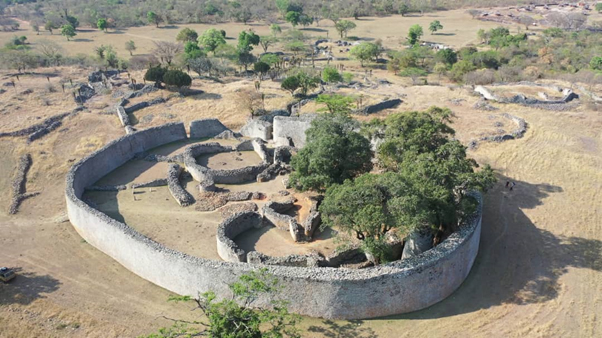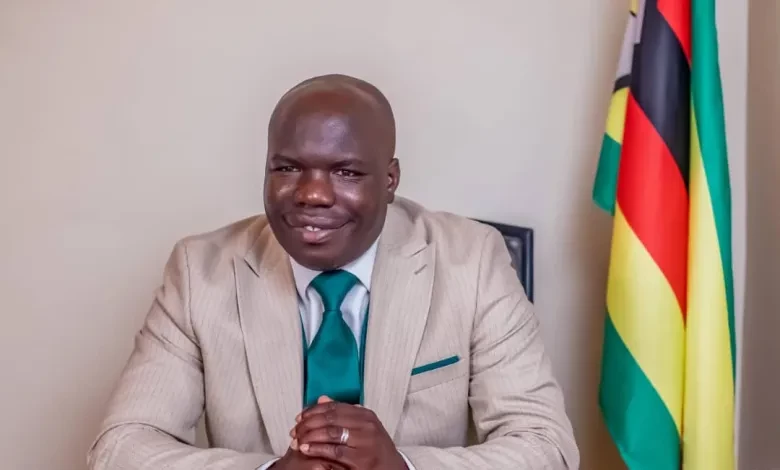
By Munyaradzi Elton Sagiya Dry-stone masonry in Africa is a skill and practice embedded in the indigenous knowledge systems. There are no formal institutions in Zimbabwe that train and certify dry-stonemasons. It is largely believed that the stonemasonry knowledge and skills have been inherited from the ancestral builders of the ancient dry-stone built settlements predominantly found in Zimbabwe with some few in the neighbouring countries of Botswana, Mozambique and South Africa.
The repair and conservation of Great Zimbabwe National Monument and other similar dry-stone built archaeological sites amounting to more than 500, relies on the skills, knowledge and practices of dry-stonemasons employed by the National Museums and Monuments of Zimbabwe.
However, due to natural deaths, retirement and lack of sustainable transfer or training, dry-stonemasonry practices and knowledge systems are now critically under threat.
As a physically demanding practice with limited employment opportunities, dry-stonemasonry craftsmanship is failing to attract the interest of the youths. The practice has also remained a male-dominant.
In southern Africa, particularly in Zimbabwe, there is current lack of grooming and institutionalisation of the dry-stonemasonry profession. There is no clear succession planning to pass the skill from generation to generation. Today, only very few dry-stonemasons are skilled in restoring/repair ancient structures such as Khami and Naletale, located in south-western and central Zimbabwe, respectively.
The knowledge and practices of dry-stonemasonry have never been recorded in detail. It is against this background that I am conducting a research project funded to the tune of £12 075 by the British Museum under the auspices of the Endangered Material Knowledge Programme (EMKP).
The larger part of this grant has gone towards purchasing of the state-of-the-art documentation equipment.
The EMKP supports knowledge holders, practitioners, and scholars with grants to conduct new research on critically threatened material knowledge globally, especially in understudied areas. Hosting this project is Bindura University of Science Education, my employer.
- Chamisa under fire over US$120K donation
- Mavhunga puts DeMbare into Chibuku quarterfinals
- Pension funds bet on Cabora Bassa oilfields
- Councils defy govt fire tender directive
Keep Reading
The aim of the project is to create a digital archive designed as a repository resource for the conservation, transfer and dissemination of dry-stone masonry knowledge and practices.
More so, I aim to produce a guidebook on how to conserve and restore local ancient dry-stone structures.
I believe this guidebook will provide a unique resource for the development of professional and artisanal masonry skills in Zimbabwe and, hopefully, beyond. The results of this ongoing project will provide a lasting record of critical craftsmanship that is now rapidly disappearing.
So far, the project which is focused on Great Zimbabwe National Monument and World Heritage Site has managed to digitally record practices of stone quarrying, dismantling of instable walls, restoration and monitoring of dry-stone walls at Great Zimbabwe National Monument, located 27km south-east of the modern city of Masvingo.
Since March 2021, I conducted in-depth interviews with the dry-stonemasons employed by the National Museums and Monuments of Zimbabwe and stationed at Great Zimbabwe Monument.
Currently there are just four. I have also interviewed two other retired dry-stonemasons who used to work at Great Zimbabwe.
To broaden the knowledge of dry-stonemasonry, I have interviewed the archaeologists based at Great Zimbabwe and the elders from the surrounding communities of Nemanwa, Mugabe, Murinye and Charumbira.
I have also managed to organise and moderate a Focus Group Discussion (FGD) that was held at Great Zimbabwe Monument on November 13, 2021. Among the participants, were dry-stonemasons, archaeologsists/curators, local community elders and the Director of the School of Culture and Heritage Studies at the Great Zimbabwe University.
In addition to interviews and the FGD, I have recorded through photographs and audio-visual means, the ancient quarry sites located within and around the Great Zimbabwe Estate as well as a demonstration of the traditional quarrying process.
Munyaradzi Mashamaire, one of the research assistants engaged for the purpose of this project, has also been recording the processes of restoring collapsed dry-stone walls.
He took advantage of an ongoing large-scale restoration project at Great Zimbabwe funded by the US Ambassadors Fund for Cultural Preservation to document various aspects of dry-stone masonry which include analysis of a collapsed wall prior to any intervention work, the systematic clearing and dismantling of walls, separation of face stone blocks and the core blocks and the restoration process.
All these processes are embedded in indigenous knowledge, skills and practices that is now possessed by few dry-stone masons. When the project is concluded around end of this month, all the documented data will be deposited into means EMKP’s open-access online archive through which records of Knowledge preserved in connection with grant-funded projects are made publicly available to interested institutions and individuals.
- For feedback email: [email protected]










